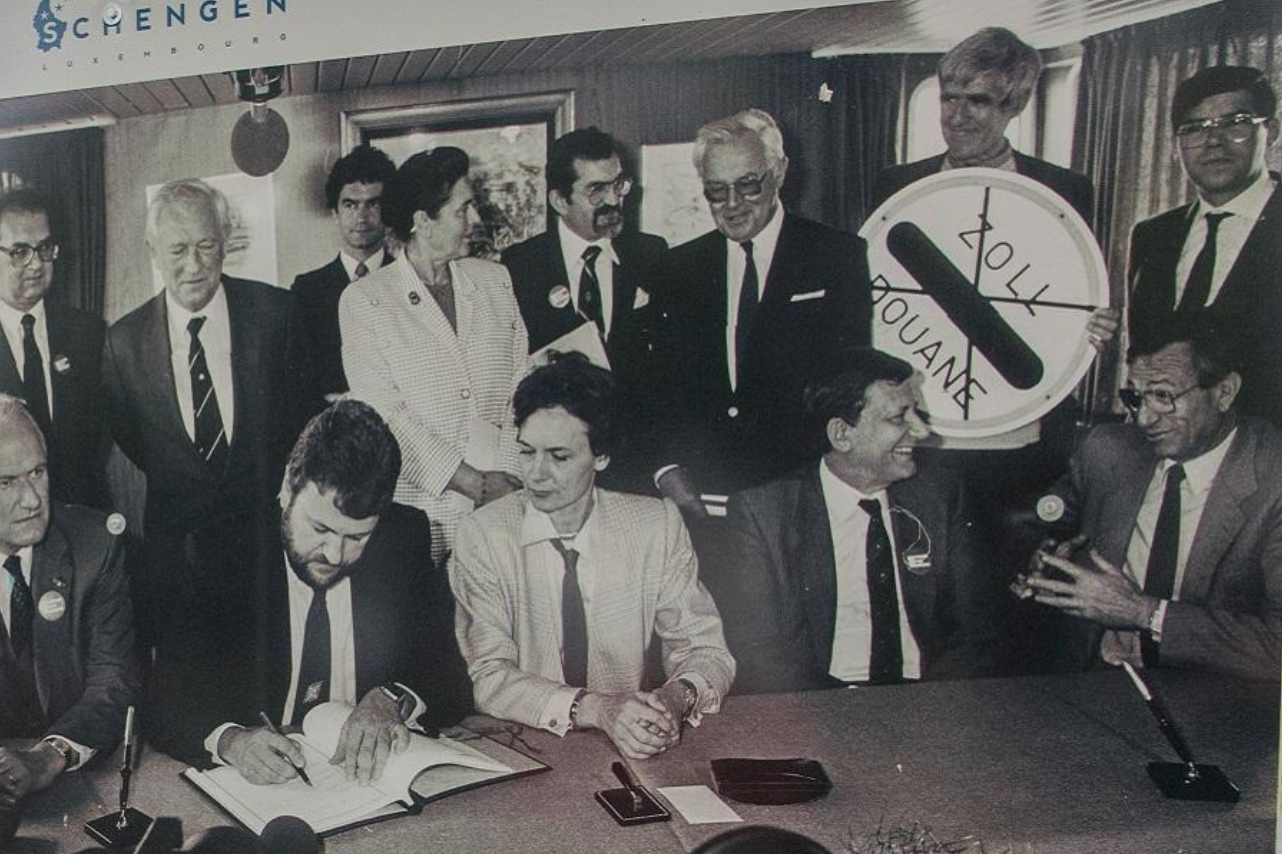“The decision to abolish internal border controls reflected a collective desire to overcome the divisions of the Cold War and to foster unity and peace” – so says the European Union, in the 40th year since the Schengen area was born.
The plan for Europe without frontiers was first revealed in 1985 aboard a vessel symbolically floating in the Moselle river beside the Luxembourg village of Schengen – just where the Grand Duchy meets both France and Germany.
Symbolically, the 2009 Nato summit was held jointly by Strasbourg in France and Kehl in Germany. They are linked by a series of bridges across the Rhine, and an international tram runs between the two communities.
During the Nato event, the French customs post was burned down by anarchists. No one cared much at the time, thinking it was obsolete.
By 2011, most European Union member states had been joined in the frontier-free zone by Iceland, Norway, Switzerland and plucky Liechtenstein. The aim: people could travel from Lapland to the Mediterranean without encountering any border friction.
Soon, though, controls began to reappear – at international railway stations, ferry ports and road crossings. This week the UK Foreign Office warned of the widespread reintroduction of border checks entering the Netherlands, Belgium and Germany. These are the key questions and answers.
What is the big idea of the Schengen area?
The plan: “The abolition of internal border controls between participating nations and simultaneously strengthening the protection of the common external borders.”
The EU adds: “Schengen is a fundamental part of the European identity. By removing internal borders, it has transformed the way people live, work, and travel.
“Every day, over 3.5 million people cross internal borders for work, study, or to visit family and friends, without any additional paperwork and, in the vast majority of cases, without additional waiting times. This is not just about saving time at the border – it also reduces costs, fosters talent mobility, and brings Europeans closer together.”

So what is happening now?
Each member state is entitled to reintroduce border controls, but the EU says this option “should only be used as a measure of last…
Click Here to Read the Full Original Article at The Independent Travel…
